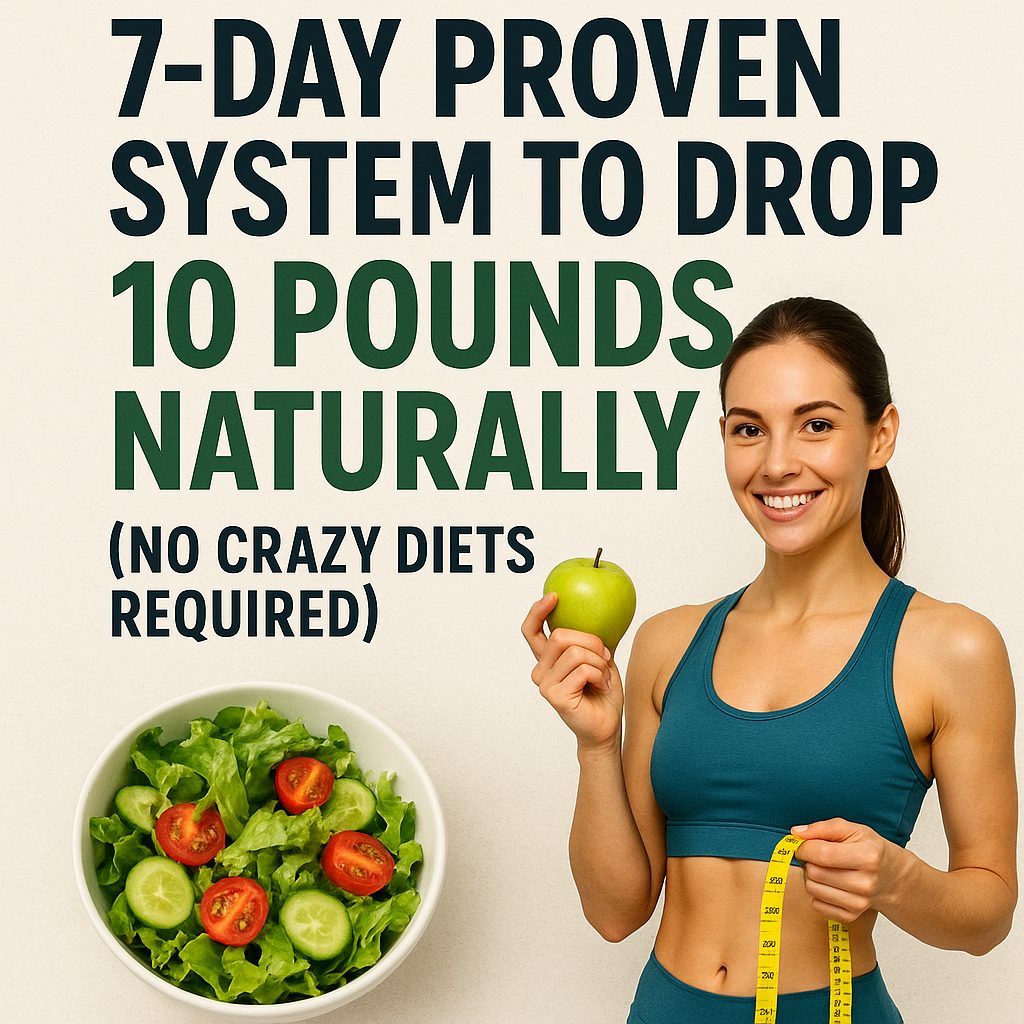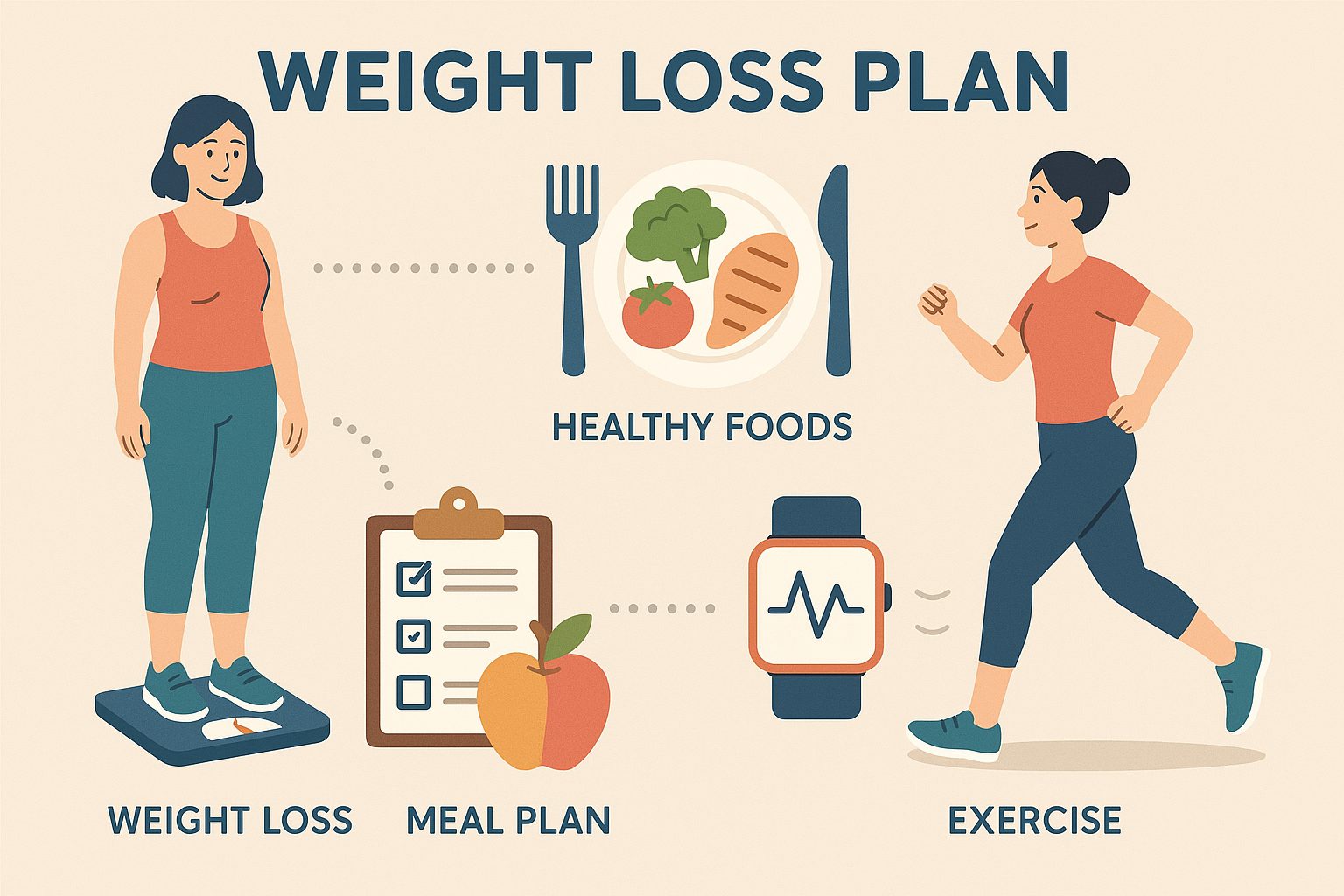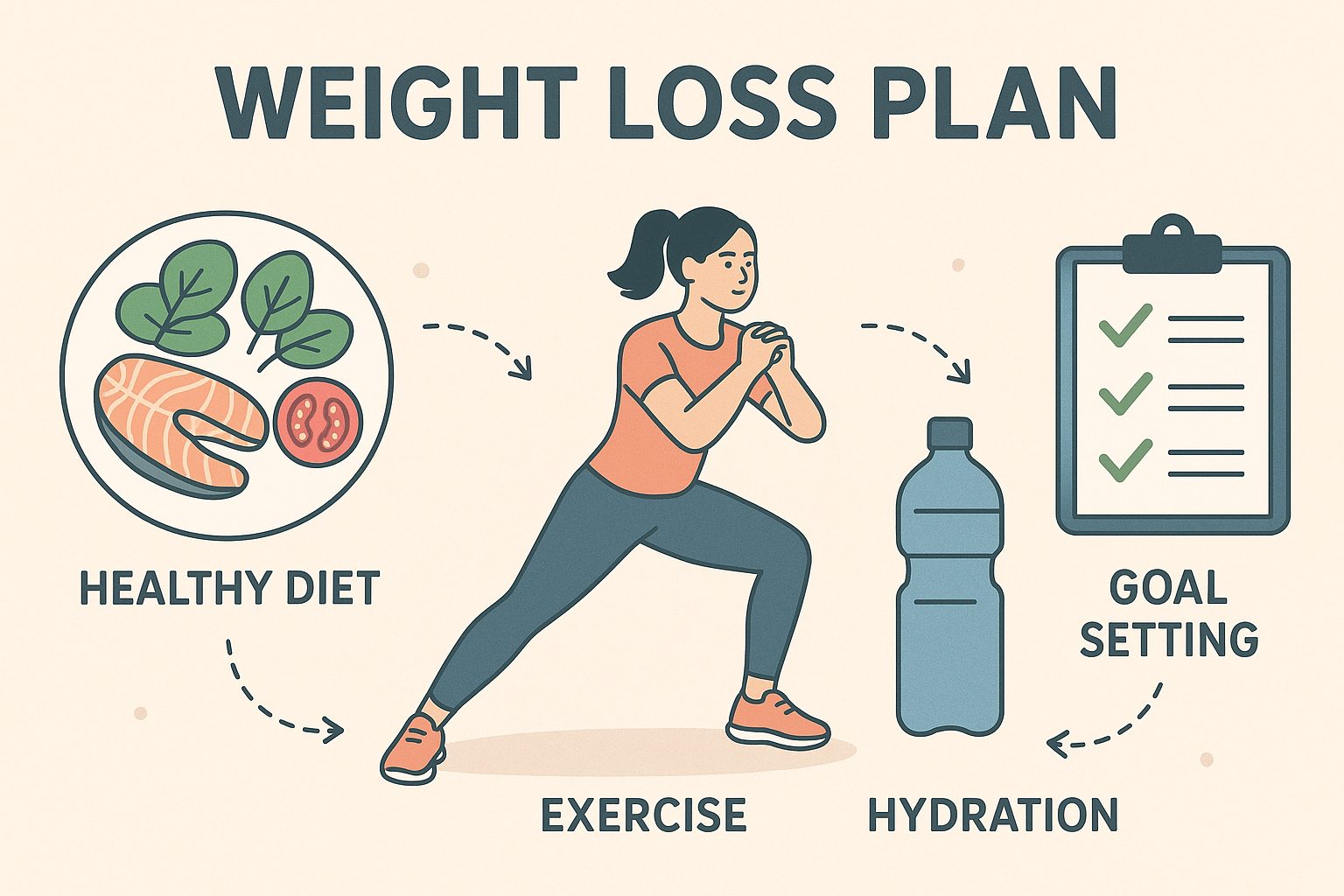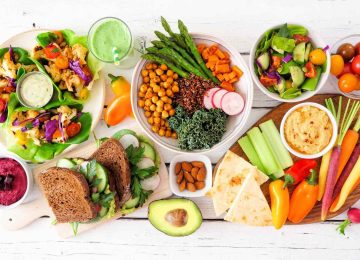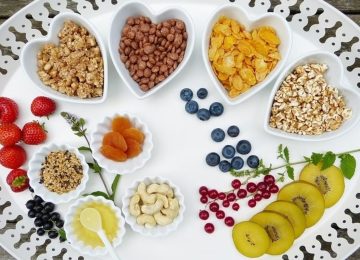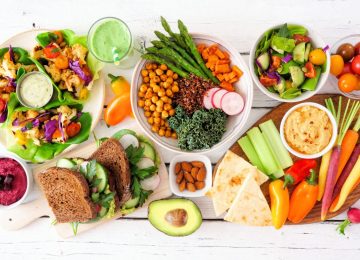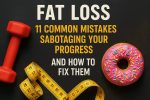Struggling with weight loss plans that promise everything but deliver nothing? You’re not alone – 95% of dieters regain their lost weight within five years because they follow unsustainable approaches that ignore basic metabolic principles.
This comprehensive weight loss plan addresses the root causes of weight gain while providing a structured, science-backed approach that works with your body’s natural processes. Unlike restrictive diets that leave you hungry and frustrated, this system focuses on sustainable habits that create lasting transformation.
Here’s what makes this weight loss plan different:
- Targets 1-2 pounds of healthy weight loss per week
- Incorporates metabolism-boosting strategies proven by research
- Requires no expensive supplements or special equipment
- Adapts to your current fitness level and lifestyle
- Provides clear daily action steps for consistent progress
Let’s dive into the science-backed principles that make this weight loss plan effective and sustainable.
What makes an effective weight loss plan work
Understanding why most weight loss plans fail is crucial for your success. Traditional approaches often focus solely on calorie restriction, ignoring the complex hormonal and metabolic factors that regulate body weight.
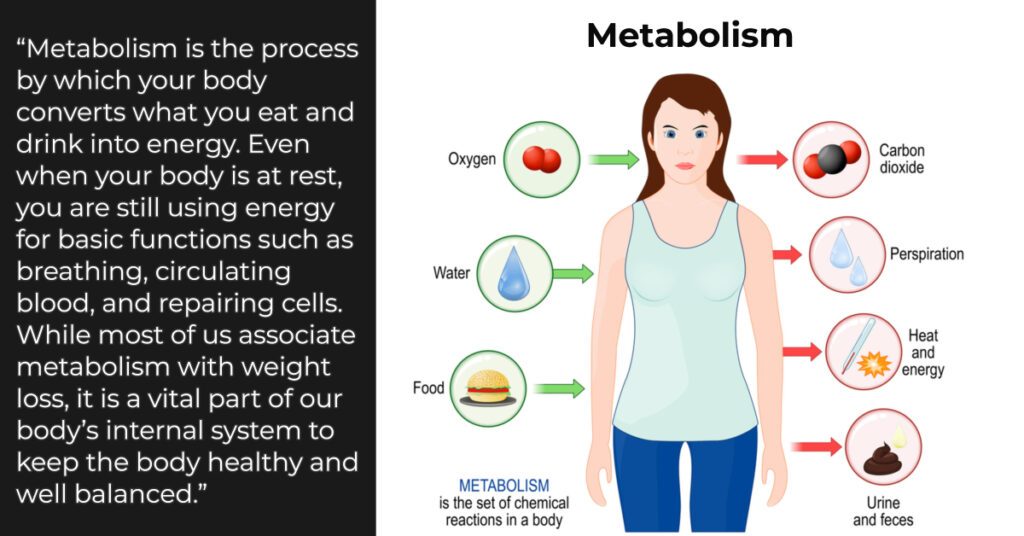
The metabolism factor in weight loss plans
Your metabolic rate determines how many calories you burn at rest. When you drastically cut calories, your metabolism slows down by 10-25% within just two weeks. This adaptive response, called metabolic adaptation, explains why extreme diets plateau quickly.
An effective weight loss plan works by:
- Preserving muscle mass – Muscle tissue burns 3-5 times more calories than fat tissue, even at rest
- Supporting thyroid function – Your thyroid regulates metabolism and energy production
- Balancing stress hormones – Elevated cortisol promotes fat storage, especially around the midsection
- Optimizing insulin sensitivity – Better insulin response improves fat burning and reduces cravings
Why sustainable weight loss plans outperform crash diets

Research consistently shows that gradual weight loss (1-2 pounds per week) leads to better long-term outcomes than rapid weight loss approaches. Here’s the comparison:
Crash diets typically result in:
- 65-75% muscle loss along with fat loss
- Metabolic slowdown of 20-30%
- Intense cravings and binge episodes
- 90% weight regain within two years
Sustainable weight loss plans deliver:
- 85-90% fat loss with muscle preservation
- Minimal metabolic slowdown (5-10%)
- Stable energy levels and mood
- 70% success rate for long-term maintenance
The key difference lies in the approach. Sustainable weight loss plans create a moderate calorie deficit (300-500 calories daily) while supporting your body’s natural fat-burning mechanisms through proper nutrition timing, adequate protein intake, and strategic exercise.
The complete 7-day weight loss plan breakdown

This structured approach divides your first week into three distinct phases, each building upon the previous one to maximize results while minimizing the shock to your system.
Day 1-2: Foundation phase of your weight loss plan
The foundation phase establishes the core habits that will drive your weight loss success. These first 48 hours are critical for setting the metabolic tone for the entire week.
Morning routine for weight loss acceleration
Start each day with this proven sequence:
- Hydrate immediately upon waking – Drink 16-20 ounces of water within 30 minutes of waking to kickstart your metabolism
- Wait 30-60 minutes before eating – This extends your overnight fast and promotes fat burning
- Begin with protein – Consume 20-30 grams of protein within your first meal to boost metabolism by 8-15%
Meal timing strategies for days 1-2
Follow this eating schedule to optimize fat burning:
- First meal: 7-9 AM (protein-focused)
- Second meal: 12-2 PM (balanced macronutrients)
- Final meal: 5-7 PM (lighter, vegetable-heavy)
- Eating window: 10-12 hours maximum
Hydration protocol for optimal results
Proper hydration is non-negotiable for weight loss success. Dehydration slows metabolism by up to 10% and often masquerades as hunger.
Daily hydration targets:
- Minimum: 64 ounces of water
- Optimal: Half your body weight in ounces
- Add 8-12 ounces for every 30 minutes of exercise
Enhancement strategies:
- Add lemon or lime to boost vitamin C and support liver detoxification
- Drink 16 ounces before each meal to naturally reduce portion sizes
- Monitor urine color – pale yellow indicates proper hydration
Day 3-4: Momentum building in your weight loss plan
Days three and four introduce movement and refine your eating patterns. This phase typically shows the first measurable results as your body adapts to the new routine.
Introducing exercise into your weight loss plan
Exercise during this phase focuses on movement quality over intensity. The goal is establishing consistency while supporting your body’s adaptation process.
Day 3 movement protocol:
- 10-minute morning walk – Promotes blood flow and gentle metabolism boost
- 2-minute movement breaks – Every 2 hours throughout the day
- 10-minute evening stretching – Reduces cortisol and improves sleep quality
Day 4 progression:
- 15-minute brisk walk – Increase pace to elevate heart rate slightly
- 5-minute bodyweight routine – Basic squats, push-ups, and planks
- 10-minute yoga or stretching – Focus on stress reduction
Portion control techniques for sustainable weight loss
Visual portion control eliminates the need for measuring and counting while ensuring appropriate calorie intake.
The plate method for balanced meals:
- Half your plate: Non-starchy vegetables (leafy greens, broccoli, peppers)
- Quarter plate: Lean protein (chicken, fish, tofu, eggs)
- Quarter plate: Complex carbohydrates (quinoa, sweet potato, brown rice)
- Thumb-sized portion: Healthy fats (avocado, nuts, olive oil)
Managing cravings during your weight loss plan journey
Cravings intensify during days 3-4 as your body adjusts to new eating patterns. These strategies help you navigate this challenging period:
Immediate craving management:
- Drink 12-16 ounces of water – Wait 10 minutes before reassessing hunger
- Take 10 deep breaths – Activates parasympathetic nervous system
- Engage in 2-minute activity – Walk, stretch, or do jumping jacks
- Choose a healthy alternative – Keep prepared options readily available
Long-term craving prevention:
- Ensure adequate protein at each meal (20-30 grams)
- Include fiber-rich foods to promote satiety
- Maintain consistent meal timing
- Prioritize 7-9 hours of quality sleep

